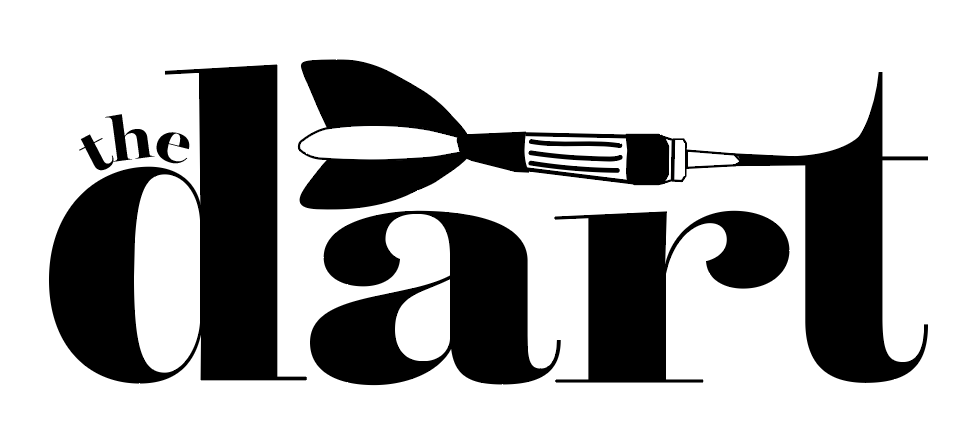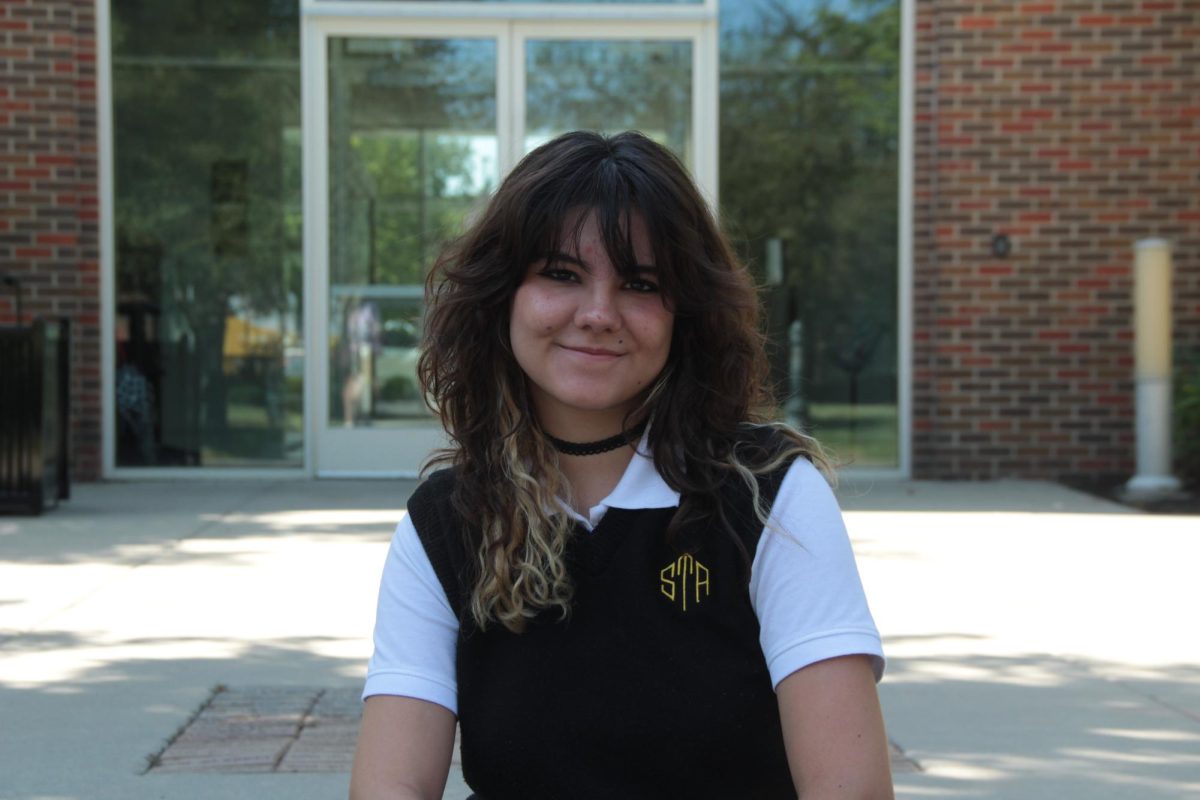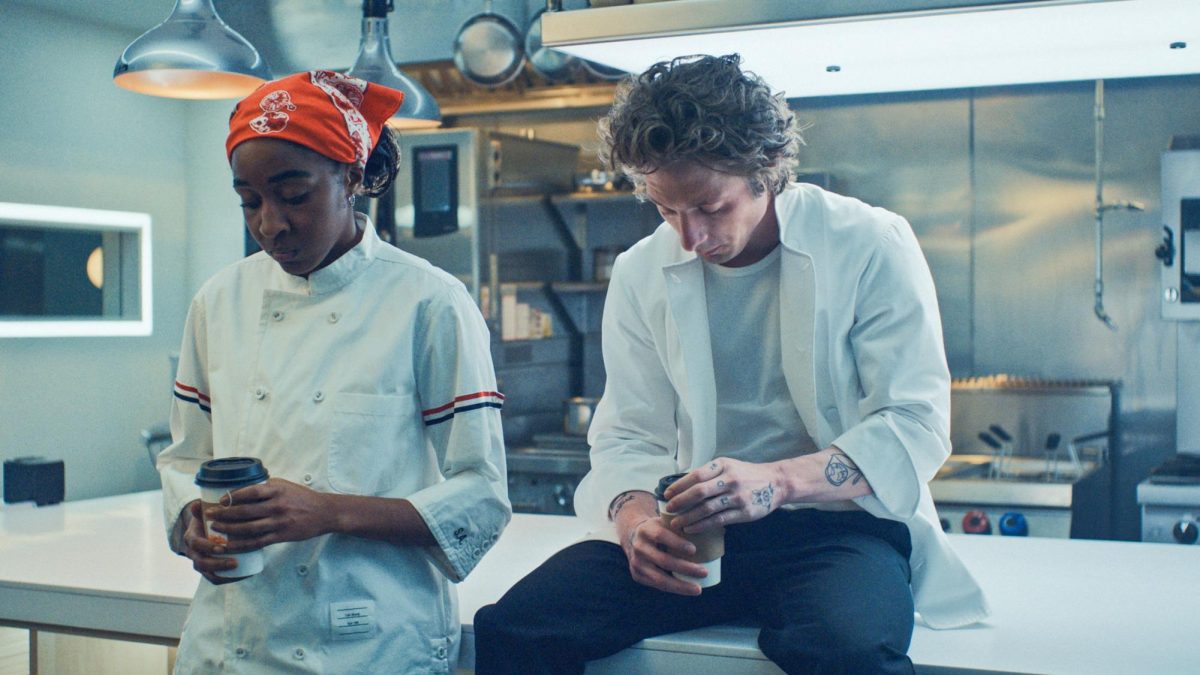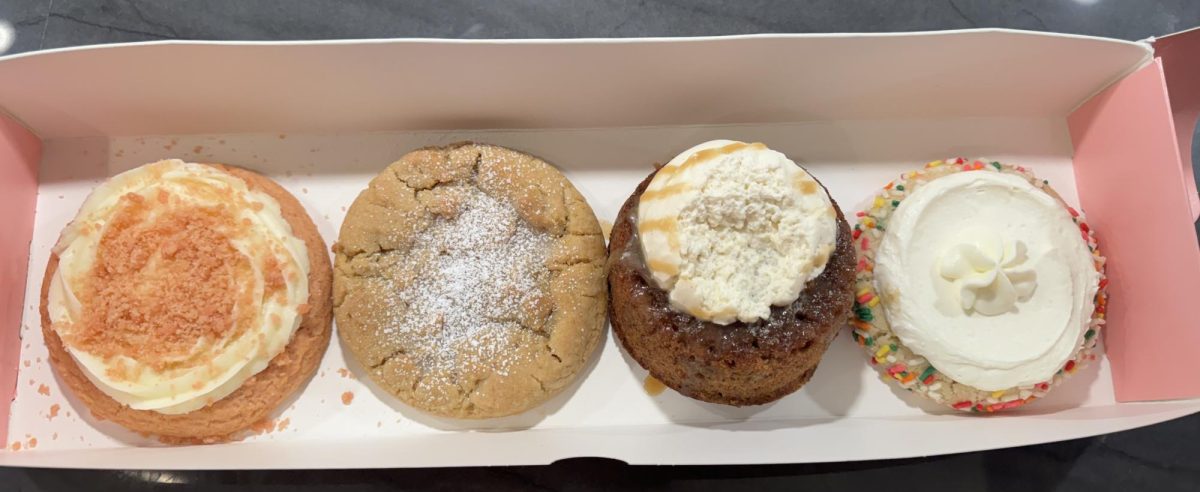Do you enjoy literature featuring unhinged female protagonists? Can you recite Amy Dunne’s infamous “Cool Girl” Monologue from “Gone Girl?” Are so-called “sad girl” artists like Lana Del Rey, Mitski and Phoebe Bridgers among your most listened to? Then you, like me, might have a penchant for female rage.
This past year, I’ve become fascinated with this trope in films and TV. From Mia Goth’s chilling performance in the film “Pearl” to Phoebe Waller-Bridge as the chaotic yet witty protagonist in the television series “Fleabag,” female rage is having a moment in pop culture.
Although this isn’t anything new, and there’s a surplus of examples that can be found throughout history, it’s starting to be recognized as something of an art, or perhaps even… empowering?
Look no further than your local bookstore, where I stumbled across a display of books featuring raging female characters, under the ironically pink “Gaslight, Gatekeep, Girlboss” sign.
What about these women make others and myself nod and satisfyingly utter, “Good for her?” I believe they represent something in ourselves we can resonate with. Who hasn’t wanted to scream at the top of their lungs and act on their emotions at some point in their lives? In a way, we see ourselves in these ladies, who have no shame expressing their emotions against the expectations society places on women for how to react to bad situations.
Whilst men’s anger is normalized, and at times encouraged by society, girls are constantly taught to accept it, and take responsibility for others’ actions without batting an eye. To me, it feels refreshing to see women who aren’t pushed off to the side.
While I don’t condone any of the violence female rage exhibits, I like the idea of not letting people walk over you, and standing up for yourself, which is a lesson we can all learn. That’s why I’ll forever cherish female rage as a brutally honest release of bottled emotions.








